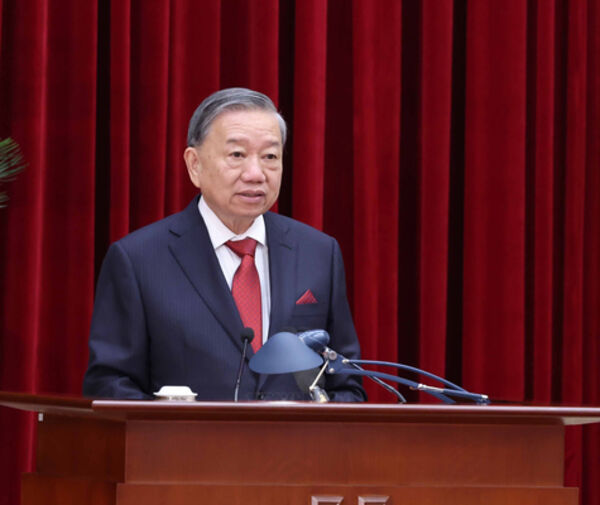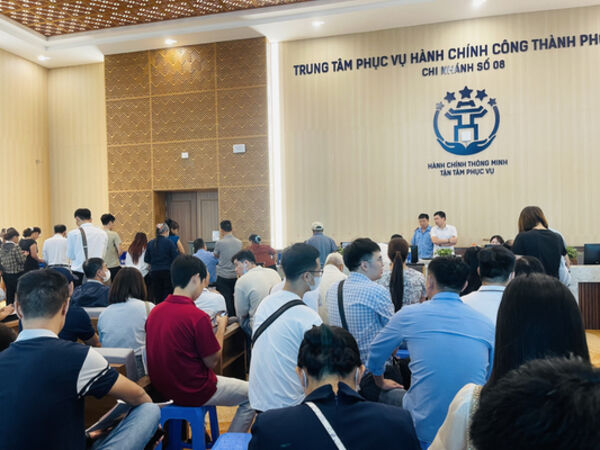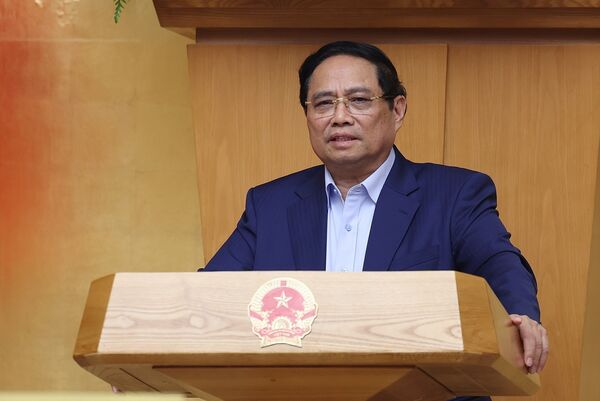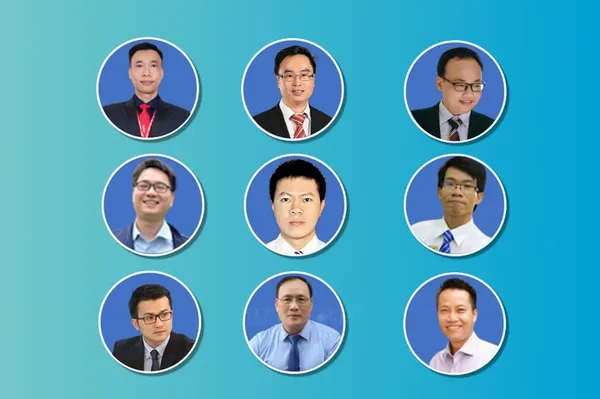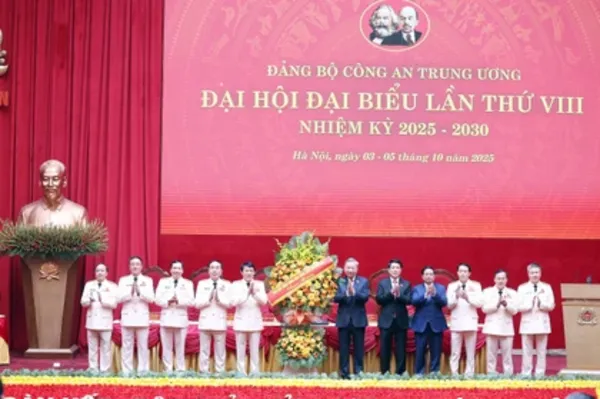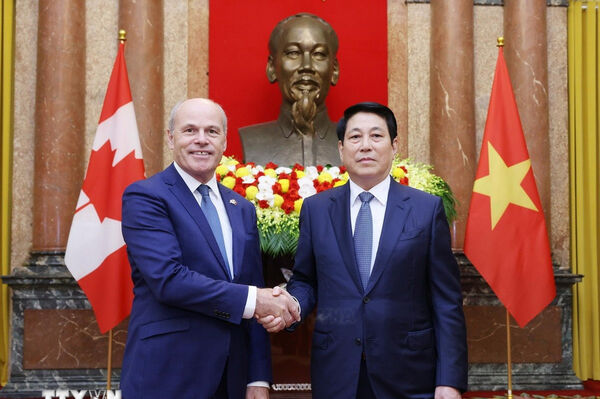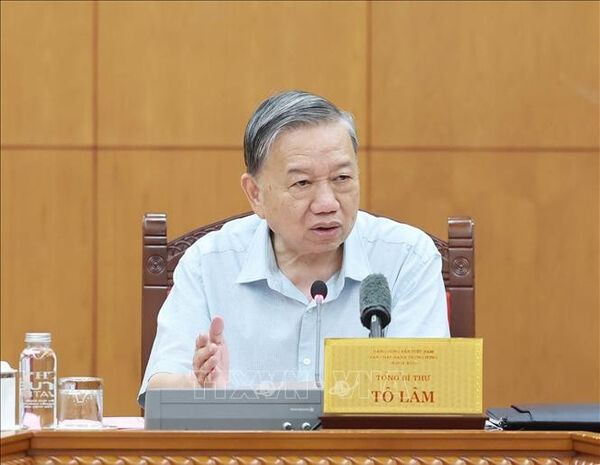 |
| The 16th Party Congress of Quang Ninh province for the 2025-2030 tenure (Photo: VNA) |
Hanoi (VNA) – Many Party organisations at both central and local levels have successfully convened their congresses for the 2025–2030 term, setting the stage for the 14th National Party Congress. More than ever, the practicality and feasibility, in other words, the “accuracy and relevance” of resolutions passed at all levels have become a central focus of the Party Central Committee, local Party committees, Party members, and the broader public.
Under the Politburo’s Directive No. 45-CT/TW, issued on April 14, 2025, to guide all-level Party congresses ahead of the 14th National Party Congress, grassroots gatherings must wrap up by June 30. Congresses at the next tier, including those of communes, wards and special zones, face an August 31 deadline. Those under the Party Central Committee must be completed by October 31.
These congresses must tackle four key tasks: assessing the implementation of the 2020–2025 resolutions and charting goals, tasks, and solutions for 2025–2030, debating and refining drafts for higher-level congresses and the 14th National Party Congress, electing the Party committees for the new tenure; and selecting delegates to upper-level congresses.
Directive No. 45 frames the 2025–2030 congresses as a broad and major political campaign, unfolding as Vietnam records significant achievements in the building and rectification of the Party and political system, anti-corruption drives, socio-economic development, national defence, security, and external affairs.
The 14th National Party Congress, slated for early 2026, stands as an important political event of the Party and the nation, a special milestone marking a “new era of the nation's rise”.
During a September 25 session with standing members of the 14th National Party Congress subcommittees, Party General Secretary To Lam stressed that resolutions of congresses must embody the Party’s pledge to the people: “Words must go hand in hand with deeds; plans must be accompanied by actions; and results are the ultimate measure".
Similarly, resolutions passed at all-level Party congresses must prove practical and feasible, which the Party leader described as the most critical trait of a “good resolution”.
A good resolution pinpoints with precision the country’s demand, tasks, paths and development strategies for the nation, each locality, sector or unit.
Such resolutions must rest on real-world foundations. Their goals, targets, tasks, and solutions spring from on-the-ground needs and lessons from bridging theory and practice, weighing both objective and subjective factors.
Drafting a good resolution is no easy task. It requires collective brainpower, rigorous evaluation of practice, theoretical research, and careful trend analysis and forecasting.
A well-crafted resolution may not sound grandiose, but it closely reflects the actual circumstances of the country, localities, or sectors. It is grounded in science, offers breakthrough and long-term solutions, and clearly defines resources for rollout, a linchpin for success.
As Party General Secretary To Lam put it, a good resolution “captures the pulse of daily life, is concise, memorable, and actionable, becoming a ‘textbook’ or ‘dictionary’ that, when consulted, immediately provides guiding light.”/.
